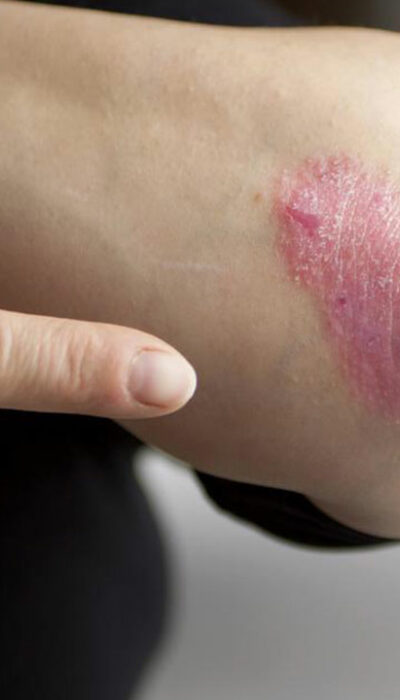
A Few Essential Treatments For Fire Ant Stings
Red fire ants live in mounds and to protect their abode, they sting aggressively when they sense an intruder. The sting is quite painful and causes an allergic reaction to the skin like redness, itching, and even swelling. If you are not wearing proper clothes and protective shoes, there are higher chances of incurring a sting. Therefore, before going into ant prone areas, you should know the symptoms and treatment for fire ant stings. Several species of stinging ants are called fire ants. These ants bite when disturbed, and the bite causes allergies or skin problems. The two most problematic species in America are the following: Solenopsis Invicta: This is a native South American species and is found in about 13 states in the United States. They are not more than half an inch in size and are red or brownish. It is better known as Red imported fire ant. A group of red imported fire ants stun their prey with venom and can overcome much larger animals like box turtles. Solenopsis Richteri: It is a native South American species better known as Black imported fire ant. These are not as widespread as the red fire ants and are mostly found on the Gulf Coast and the Southeast. Both the species in variable defend their mounds and bite intruders in large groups. Gardeners, children playing outdoors, and pets are most often bitten by these ants. Once these ants start attacking, they do not stop until the intruder has left the mound. Fire ants attack feet and legs when people step on their mounds. These ants are feared since, unlike other species, they sting multiple times. Allergic reaction to fire ant stings When a fire ant stings, it usually causes an allergic reaction in the form of blisters. Some people develop a severe reaction that may include swelling, burning, or itching.










